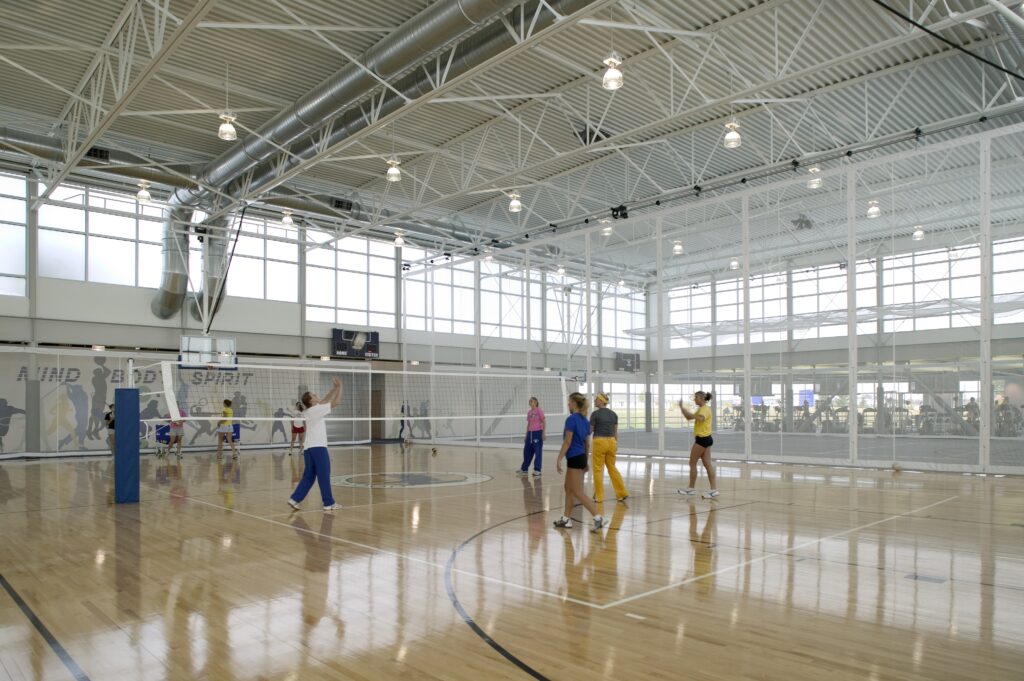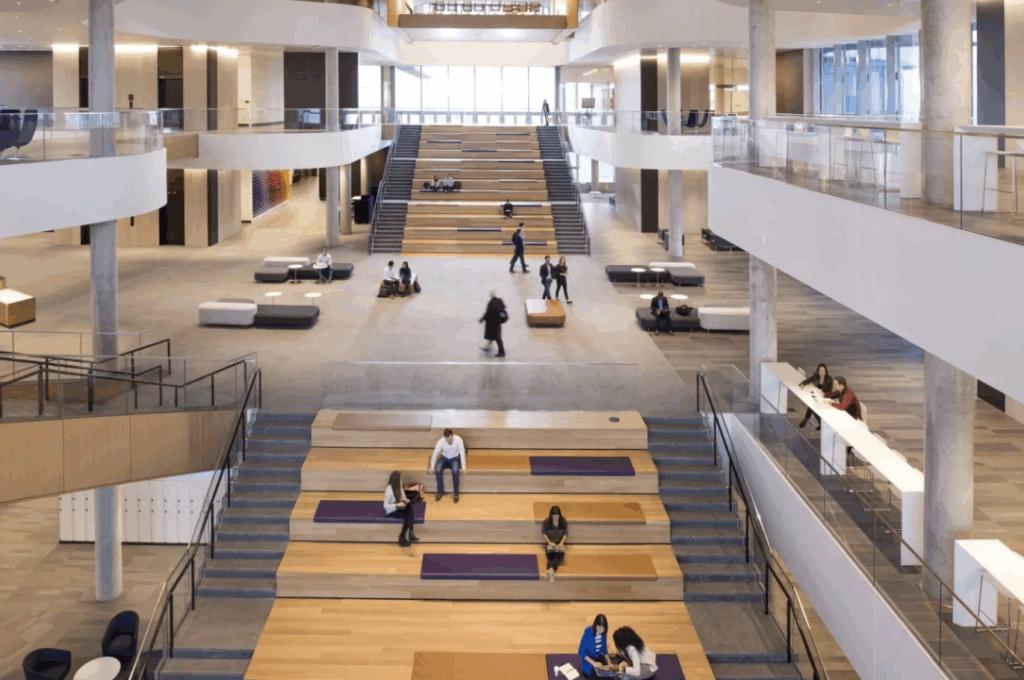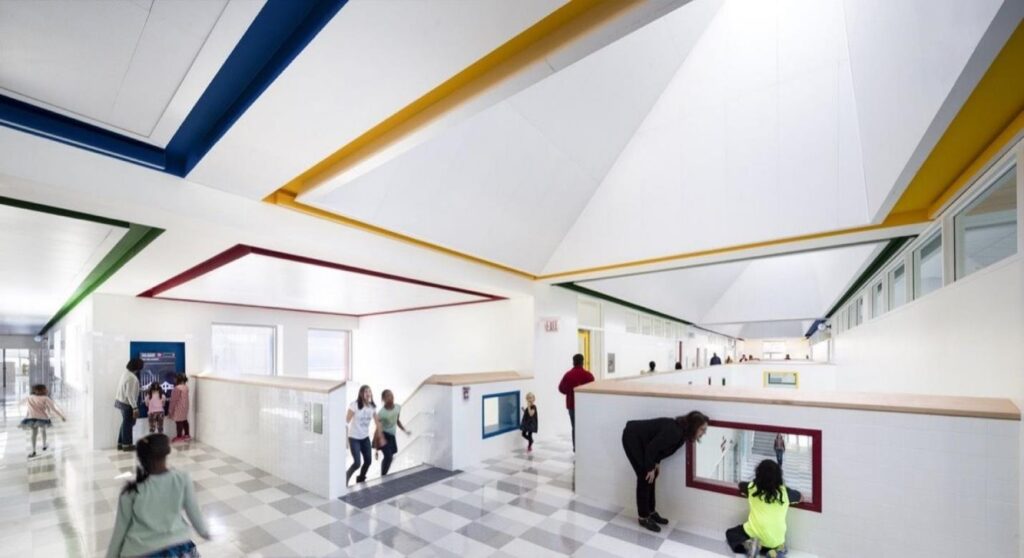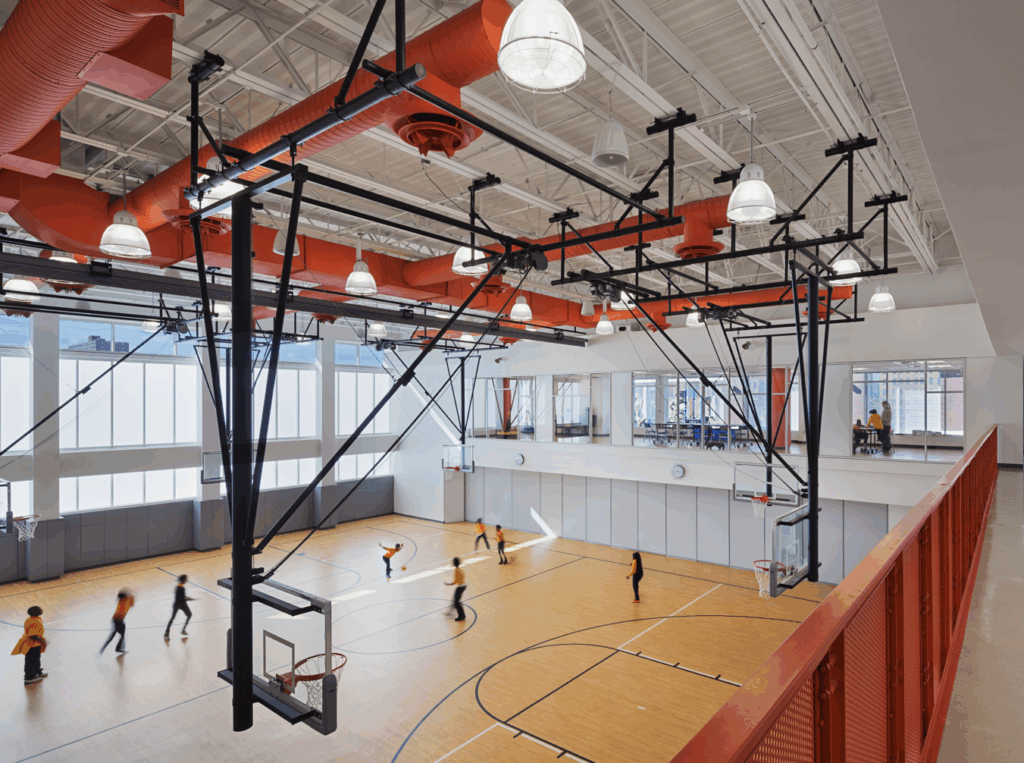We know natural light boosts health, learning, and productivity. But the question no one is answering is: how much, how often, and under what conditions?
Ask any architect, wellness consultant, or building scientist today and they’ll agree on one thing: healthy buildings are connected buildings. The spaces we inhabit need to connect us to each other, to our purpose, and critically, to the natural world outside.
Nowhere is this more true — or more urgently needed — than in our schools.

Research has repeatedly shown that access to natural daylight enhances nearly every aspect of human performance. Lisa Heschong’s seminal studies in the 1990s revealed a direct correlation between daylight and student performance, showing that students in classrooms with abundant daylight progressed 20–26% faster in math and reading than their peers in dimmer rooms.¹
In retail, Heschong Mahone Group found daylighting could increase sales by up to 40%.² In hospitals, studies published in Science and the Journal of Environmental Psychology have linked daylight exposure to reduced patient recovery times and improved mood.³ In offices, daylight has been shown to significantly increase worker productivity, reduce sick days, and even regulate circadian rhythms critical to long-term health.⁴
But as building professionals and educators embrace daylighting as a must-have design feature, a crucial question remains unanswered: how much daylight is enough to unlock its full benefits?

The Threshold Gap
We have long since moved past debating whether daylight is beneficial. What we need now is clarity on thresholds — the amount, duration, quality, and timing of daylight exposure necessary to realize those widely acknowledged advantages.
Is a brief walk past a sunlit window in the morning enough to improve mood and cognition throughout the day? Can natural light be blended with artificial lighting in specific ratios to maintain performance gains? Are there diminishing returns — or even negative effects — when artificial lighting overwhelms natural light in a space?
These questions remain largely unexplored.
The WELL Building Standard, LEED, and other frameworks offer helpful guidelines, but most rely on general illuminance targets or access metrics (like percentage of daylight hours or window-to-floor ratios) rather than science-based thresholds tied to measurable human outcomes.⁵ Even the most progressive daylighting metrics, such as Spatial Daylight Autonomy (sDA), don’t currently reflect how light impacts learning or healing in nuanced, time-based ways.
This is not a criticism — it’s a call to action.

Why Education Needs This Research Most
Children spend over 1,000 hours per year in school buildings, many of which are poorly lit, over-reliant on artificial light, or designed with cost efficiency in mind rather than wellness. The consequences may be subtle but are far-reaching.
A recent study by the University of Illinois found that students exposed to more daylight slept longer and had better academic outcomes than peers in artificially lit environments.⁶ Another found that cognitive performance, alertness, and even mental health were measurably improved with sustained daylight exposure.
But these studies, while promising, still lack specificity. At what lux level (brightness), for how many minutes per hour, and in which wavelengths or spectrums is daylight most effective? Are there “golden hours” during the school day when sunlight offers greater benefits to the brain? Can solar gain in colder climates be designed to not only improve light access but reduce HVAC costs?

Without answers to these questions, architects are forced to make educated guesses when designing learning environments — especially in urban schools with large floor plates, limited window access, or shadowed surroundings. This lack of precision makes it easy for budget-minded planners to devalue daylighting altogether, opting instead for LEDs that meet brightness codes but miss the biological mark.
The science of daylighting has come far. But to meet the needs of today’s students, workers, and patients, it must go further.
A Challenge to Researchers and Institutions
The science of daylighting has come far. But to meet the needs of today’s students, workers, and patients, it must go further. It’s time for universities, research institutions, and philanthropic organizations to fund targeted studies into daylight dosage — research that connects specific light exposure conditions to measurable outcomes in cognition, emotional well-being, attendance, and academic achievement.
There’s a precedent for this. In the nutrition world, we didn’t stop at the fact that “vitamin D is good.” We discovered recommended daily allowances. We identified deficiency symptoms. We differentiated sources and bioavailability. It’s time we treated daylight the same way.
Toward a More Precise Future
Daylighting design is at a critical inflection point. We no longer need to convince people it matters. Now we must empower them with tools to do it well, especially when space, cost, and geography present barriers.

I’m calling on researchers in architecture, neuroscience, education, and health to collaborate on a more precise understanding of how daylight operates as a performance-enhancing environmental variable. Let’s map the curves of benefit, determine the tipping points, and establish the tolerances.
Because sunlight isn’t just a feature — it’s a fundamental ingredient in human thriving. And our buildings, especially our schools, should reflect that.
Sources:
- Heschong, L. (1999). Daylighting in Schools: An Investigation into the Relationship Between Daylighting and Human Performance. Heschong Mahone Group.
- Heschong, L. (2003). Daylight and Retail Sales. Heschong Mahone Group.
- Ulrich, R. (1984). View through a window may influence recovery from surgery. Science, 224(4647), 420–421.
- Boubekri, M., Cheung, I. N., Reid, K. J., Wang, C.-H., & Zee, P. C. (2014). Impact of windows and daylight exposure on overall health and sleep quality of office workers: a case-control pilot study. Journal of Clinical Sleep Medicine, 10(6), 603–611.
- International WELL Building Institute. (2023). WELL Building Standard – Light Concept.
- Figueiro, M. G., & Rea, M. S. (2010). Lack of short-wavelength light during the school day delays dim light melatonin onset (DLMO) in middle school students. Neuro Endocrinology Letters, 31(1), 92–96.

